With the advent of virtual personal assistants (VPA), assistive technology users are able to interact with their smartphones in ways that weren’t possible just a few years ago. These virtual personal assistants employ user-inputted voice commands to perform a wide variety of functions like sending messages, scheduling reminders, and even ordering groceries, giving assistive technology users with impaired vision or mobility an alternative way to interact with their smartphone or tablet. There are a few virtual assistants on the market right now, and most of them have been discussed in previous e-bulletins. This week, we’re going to look at Google Assistant, the built-in virtual personal assistant that comes pre-loaded on Android smartphones (Android 6.0 and above) and on Android smartwatches.
Be My Eyes: App Review
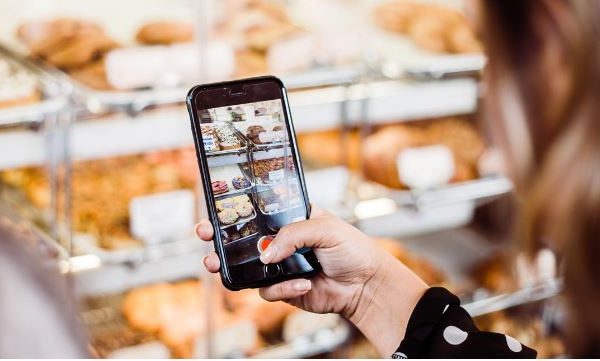
Be My Eyes is a free app that connects blind or low-vision users to sighted volunteers who offer visual assistance in real-time using video conferencing technology. The app is designed to be straightforward in its functionality, as well as being easily accessible for low or no-vision users.
How To: Use Google Assistant
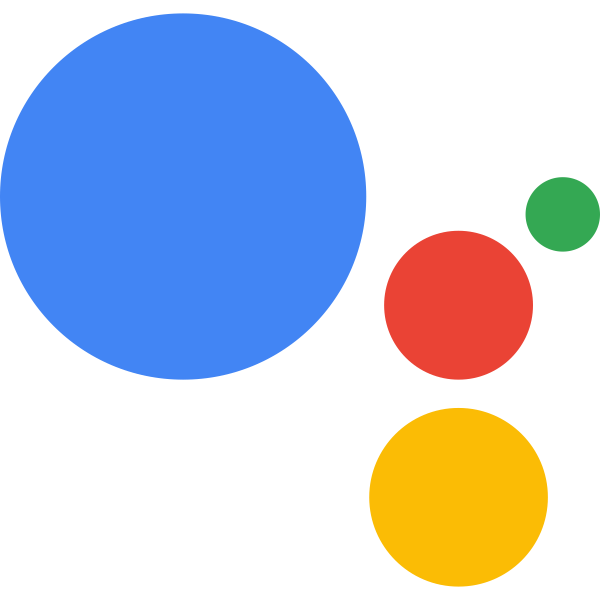
Dropbox Paper
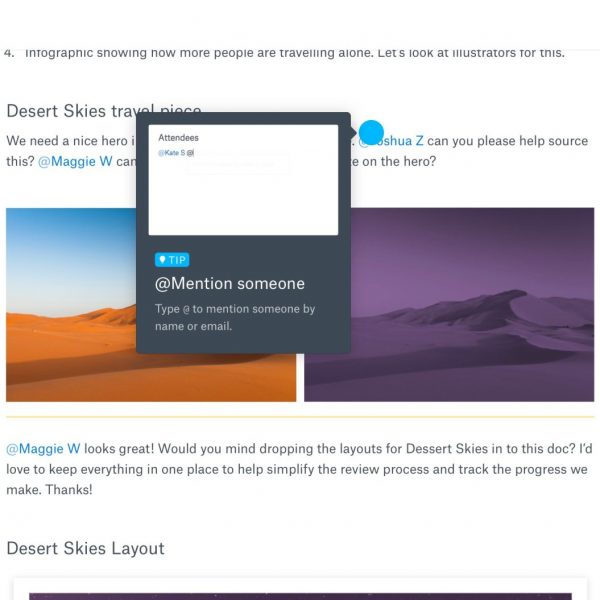
In case you haven’t heard of it, Dropbox is a cloud-based storage service that allows users to upload and share files from anywhere in the world, on virtually any device. Now, imagine combining that service with a free productivity and collaboration app that allows users to integrate their Dropbox files with other resources from around the web, while also allowing a multitude of users to comment on and add information to a cloud-based document.
G-Suite Accessibility Features: Part 2

Last week we looked at some of the accessibility features that are supported within the G-suite, Google’s free, online, suite of productivity apps. In last week’s e-bulletin we looked briefly at Gmail, Google Calendar, Google Docs, and Google Drive. This week we will continue to explore the G-suite, and we’ll look at Google Sheets, Slides, Drawings Forms, Sites, Hangouts, and Classroom.
G-Suite Accessibility Features: Part 1

Today we’re going look at the wide variety of accessibility features that are available for Google’s G-Suite. The G-suite is a free, online collection of productivity apps that gives users access to E-mail, video conferencing, spreadsheets, and much more. These free apps are absolutely packed with built-in accessibility features that are constantly being modified and refined, making them a great choice for AT users who want a no-cost and highly accessible solution to everyday online tasks.
Back to School Apps for 2018

The summer has passed, and September is here! Now that school is back in session, we thought we’d create a list of noteworthy “Back to School” apps for 2018. The apps have either been newly created in 2018, have just come to our attention, or have simply never been reviewed by us…after all, with so many apps on the market, it’s easy to miss a couple! And while these apps are diverse in their functions, and cover a wide range of categories, they are united by their potential in the classroom, as well as their ability to serve students, teachers, and even parents!
How-to: Use Siri as a Hands-Free Calculator
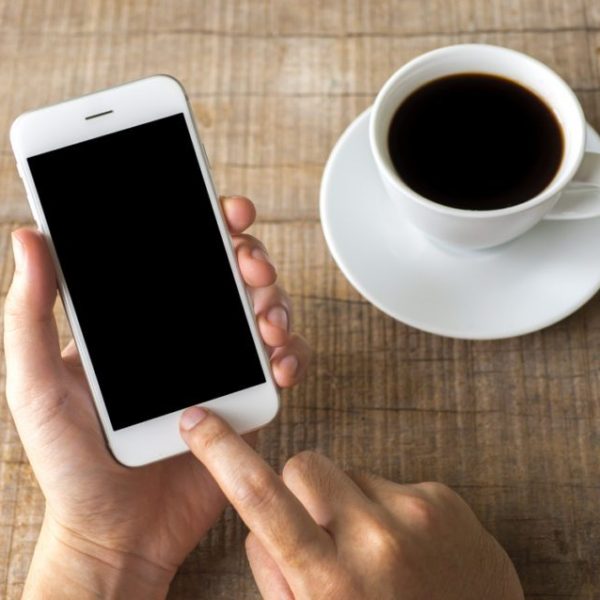
Right now on the iOS app store there are countless talking calculators available for purchase and even some for free. We’ve looked at Talking Calculator in the past, and it does a great job of calculating complex formulas hands-free with full VoiceOver support. For users who are blind, have low-vision, or have learning disabilities that make it difficult to visually process numbers, talking calculators can help level the playing field by giving users the ability to engage in math problems independently.
KNFB Reader
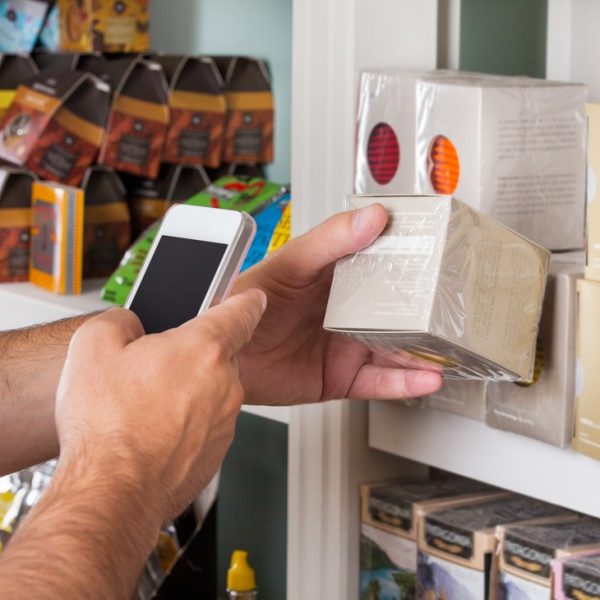
There’s an app on the market right now that’s changing how blind, low-vision, dyslexic, and other print-disabled users are able to interact with text. KNFB Reader uses Optical Character Recognition (OCR) technology to instantly capture and convert virtually any type of text into audio or Braille which can then be played back, shared, or printed from a Braille embosser.
The Live Scribe PDF

In a previous e-bulletin we discussed some of the different kinds of Digital Pens that are on the market right now. If you aren’t familiar with digital pens, we suggest you take a look back at the article. To put it briefly, Digital pens are highly advanced and compact pieces of assistive technology that perform a wide variety of diverse functions from scanning, to converting written text into digital, to acting like a mouse. These devices look like pens, but perform many of the same tasks as computers.
Spotlight on AT: OrCam MyEye 2.0
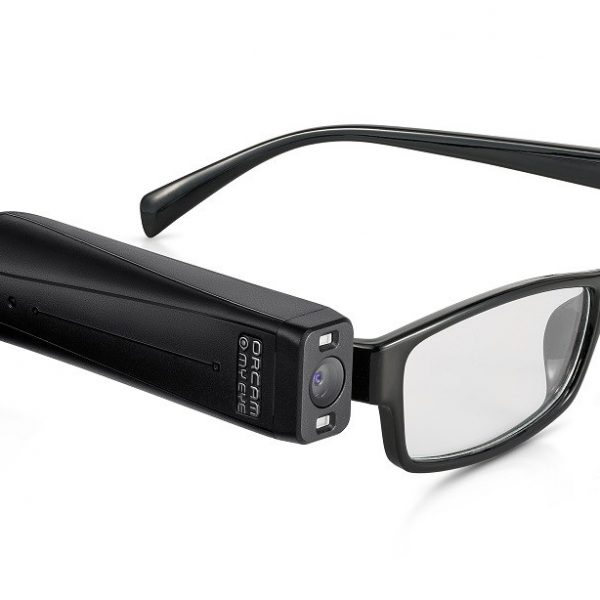
In this e-bulletin, we’re going to put the spotlight on an incredible new piece of assistive technology: The OrCam MyEye 2.0. Designed for blind and partially sighted users, this device employs a lightweight smart camera that’s been designed to read text aloud and to recognize faces, products and money, allowing users to independently interact with the world around them in a way that wasn’t possible before the advent of this technology.



